Choosing the most suitable protection devices
There are at least four main issues electricians must take care off very carefully when choosing the most suitable protection devices. Of course, there are dozen of other issues, but let’s try to define the most important ones from the aspect of protection: short circuits, overloads, earth faults and surges.
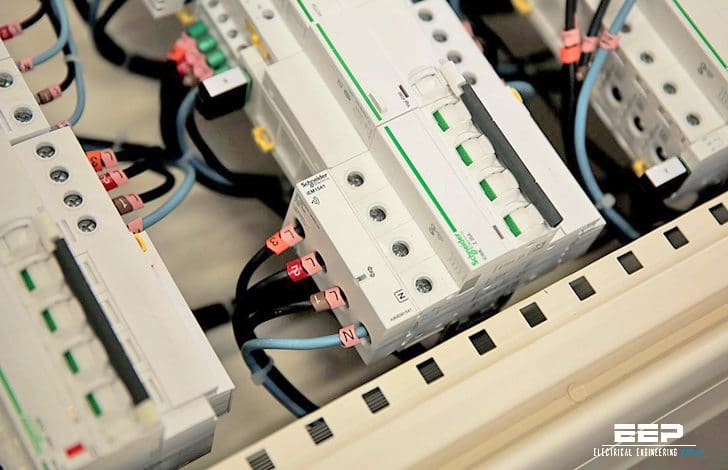
Table of content:
1. Shorts circuits
This is certainly one of the most tricky issues for electricians designing electrical installations. For this purpose, he must ensure good co-ordination of protection devices.
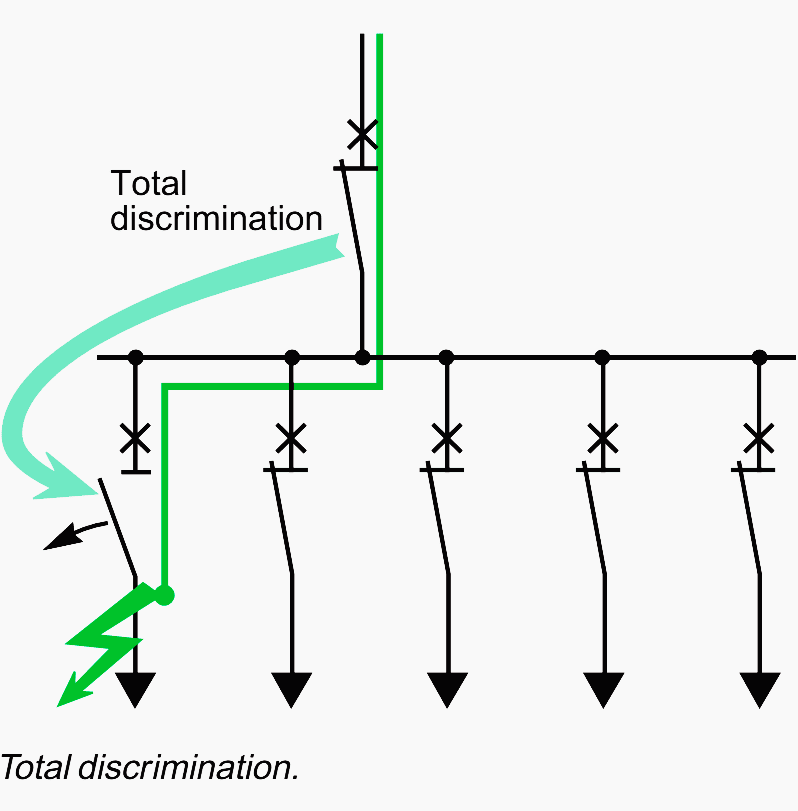

To increase availability of a feeder, we recommend that you supply it as far upstream as possible (near the source) to prevent tripping a protection device for another item of equipment.
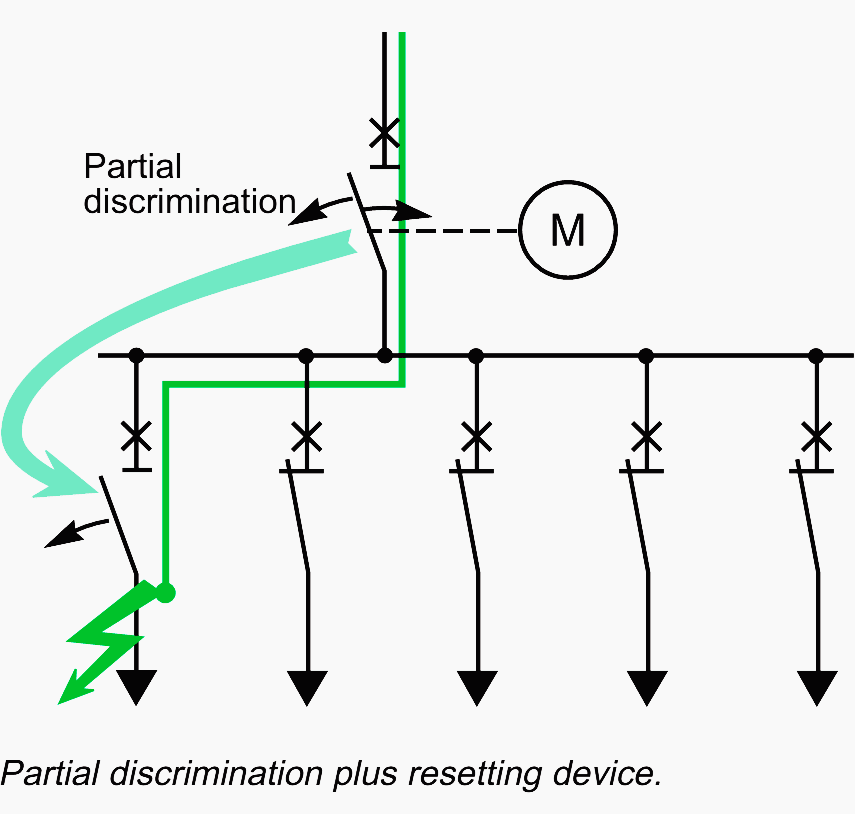

On networks with high availability, use of an automatic resetting device may be justified if discrimination is partial or if a short circuit can be eliminated naturally (this is rare). This technique is used in high voltage but seldom in low voltage: a rodent or crawling animal causing a fault leads in most cases to a permanent short circuit fault.
In all cases resetting must be considered to be exceptional, and the number of reset attempts limited.
2. Overloads
The overload current is seen by the circuit breakers upstream of the faulty load. To prevent tripping of these protection devices, it is necessary:
- either to size them without taking a lamination factor (solution 1 – left)
- or to individually protect each sensitive feeder by a circuit breaker (solution 2 – right).
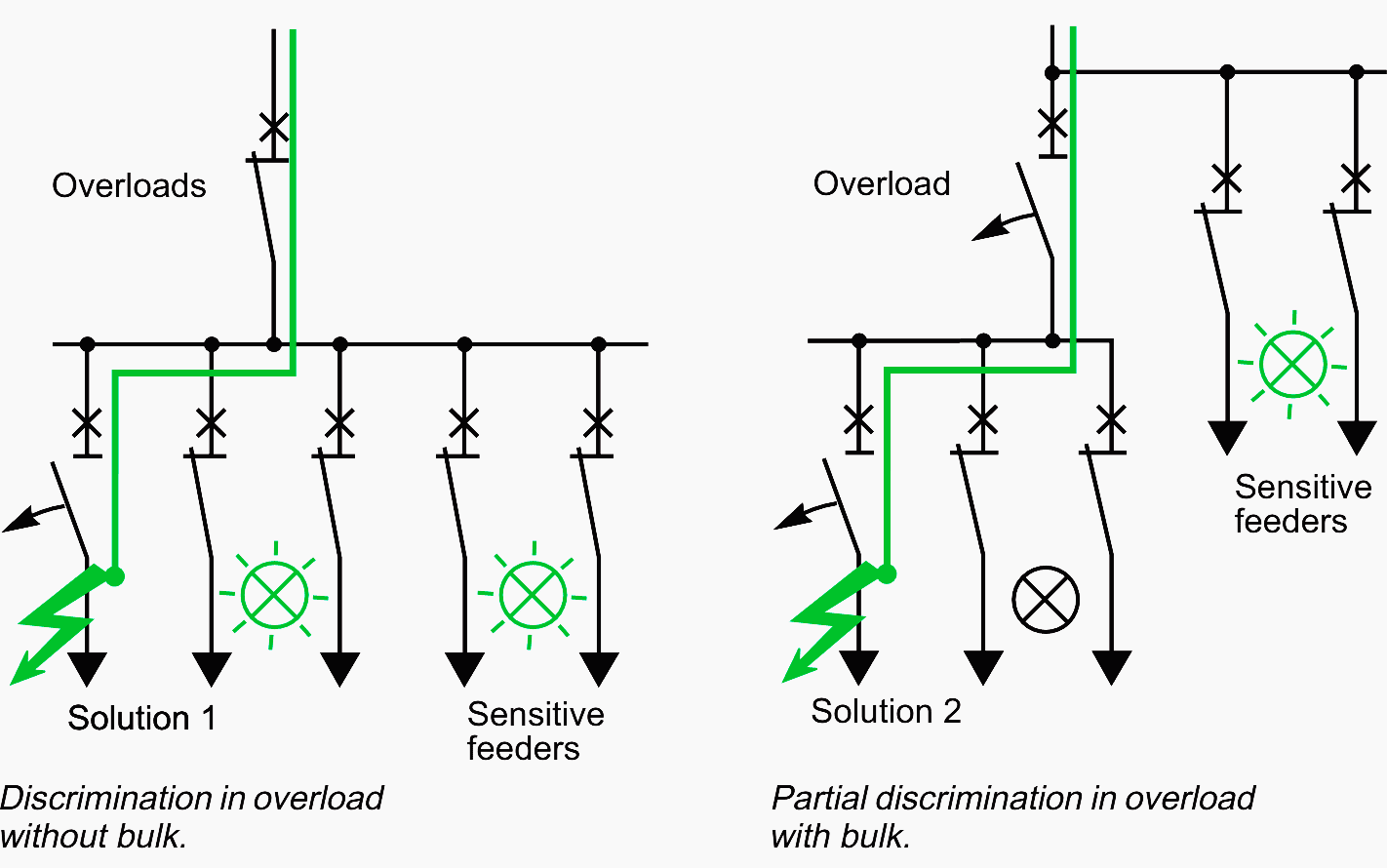

It is always preferable to supply a feeder as far upstream as possible to prevent tripping of a protection device for another item of equipment. Use of an automatic resetting device on a sensitive feeder of a network with high availability allows automatic re-supplying, normally temporary, during the time required for maintenance services to take action.
3. Earth faults
When the earth leakage protection device is extremely sensitive, less than or equal to 30 mA and has a personal protection role, automatic resetting, except in specific cases (urban equipment, public lighting) is not recommended and in some cases even forbidden for safety reasons.
Leakage currents resulting from an insulation fault (excepting phase-to-earth short circuit faults).
To deal with the numerous cases of transient nuisance tripping such as those linked to the presence of water, the resetting device, when sufficiently time delayed, makes it possible to wait for the fault to disappear before resetting the protection device.
Leakage currents due to the capacitances of cables and electronic equipment filters in the presence of disturbances (interference).
Standard earth leakage protection devices can be disturbed by leakage currents generated by the capacitances of very long cables or filters contained in electronic equipment. These capacitors have an impedance that is reversely proportional to frequency.
Since the interference currents are high frequency, they can flow off to earth via these capacitors and can be interpreted as an earth leakage current by the earth leakage protection devices upstream.
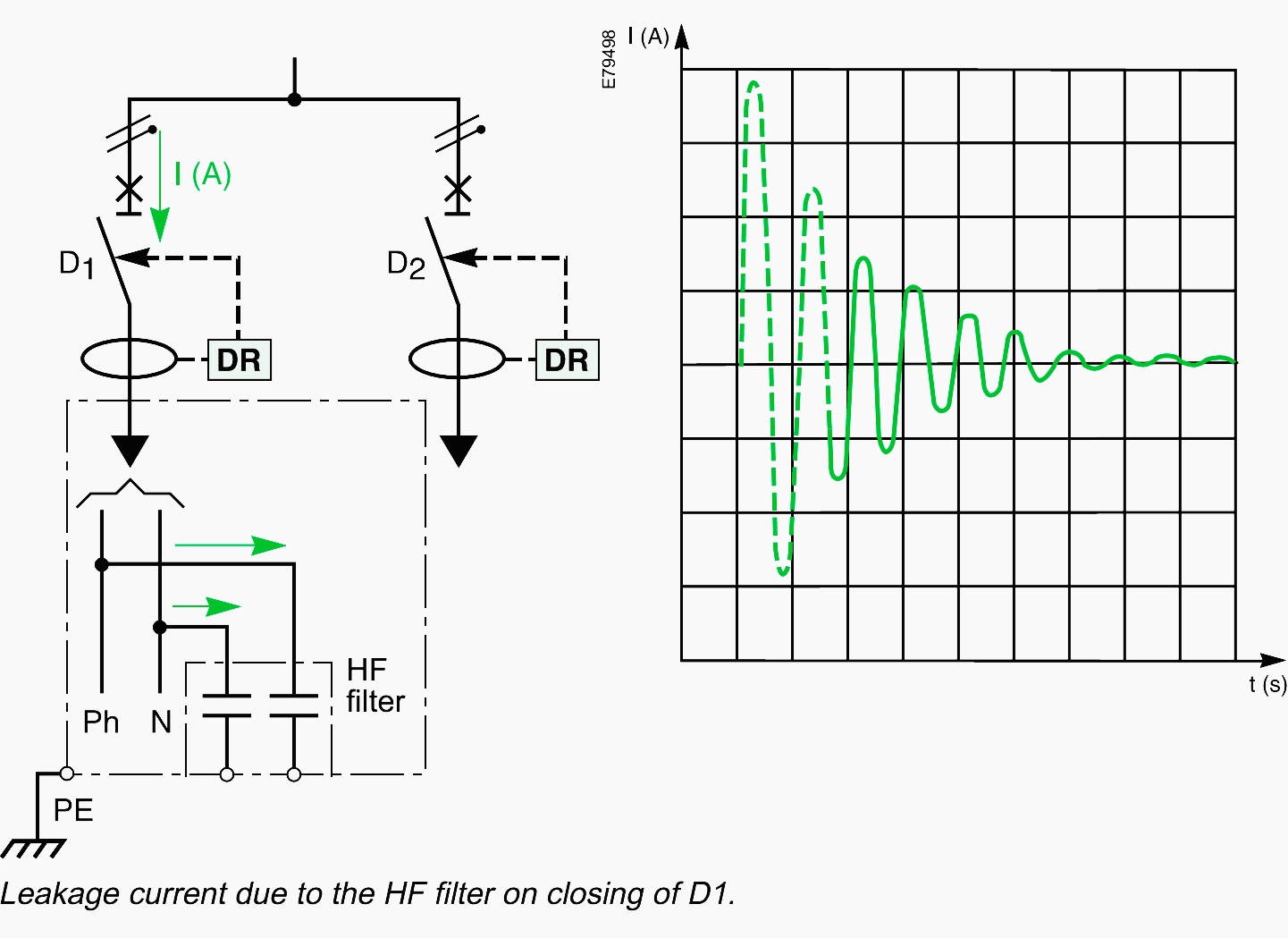

This phenomenon is responsible for nuisance tripping of standard earth leakage protection devices. To limit the risk of nuisance tripping of such devices, it is essential to use protection that is immunised against this type of wave.
4. Surges
4.1. Lightning – the facts
Lightning impact occurring far from both the electrical installation and the supply lines has no effect for installations that are properly designed and produced, i.e. with surge arresters and immunised earth leakage devices.
Lightning impact close by can lead in some cases to tripping of the earth leakage protection devices as well as of the thermal magnetic protection devices.
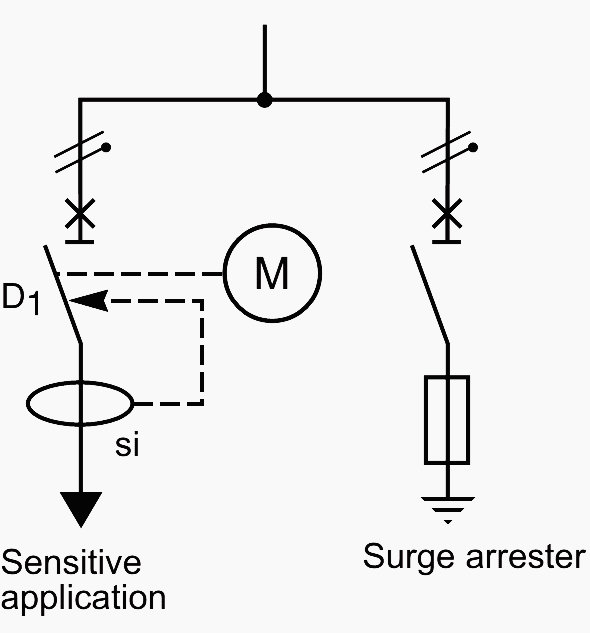

FACTS: Surge arrester limits surges. Immunised earth leakage protection devices guard against nuisance tripping.
A resetting device on feeders with high continuity of supply put the feeder back into operation after a lightning stroke close by.
Thus even if opening of the protection devices remains exceptional, for sites where continuity of supply is important, common usage recommends installing a surge arrester to limit surges, immunised earth leakage protection devices to guard against nuisance tripping and a resetting device on feeders requiring high continuity of supply to put the feeder back into operation after a lightning stroke close by.
However, common usage nevertheless recommends use of immunised earth leakage devices for sensitive sites.This is because resetting devices calculate the number of trippings and resettings and de-energies the feeder after a certain number. If standard earth leakage protection devices are used, the risk is that of several trippings due to far-off lightning impacts in a short period of time.
This situation may lead to blocking of the automatic resetting device which interprets this as a permanent fault.
4.2. Operating overvoltages
Properly designed and produced installations use a surge arrester and immunised earth leakage devices. These measures are sufficient to guard against nuisance tripping caused by operating overvoltages.
4.3. Harmonic currents
In installations and buildings where electronic components are omnipresent, it is highly recommended to properly evaluate the load in the neutral conductor to assess its cross-section.
Reference // Increasing availability of LV electrical networks by Schneider Electric

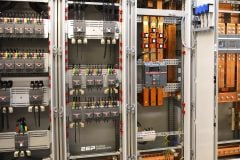
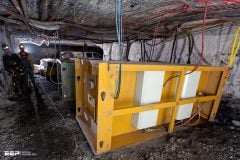





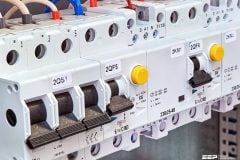


You have done great work here. The post contains a lot of valuable information.
Thank you for well interpreted information , your articles are straight forward to the point. God blessings be upon you and your team.?
Article helps to expand the understanding of this issue. Thank you
Thanks edward and team ….you make it so simple to understand
Thanks Edvard Csanyi you have given such a grate Article